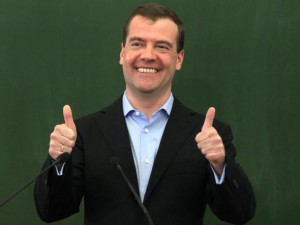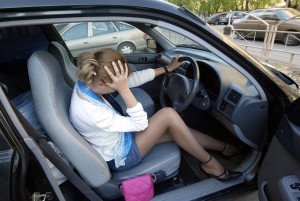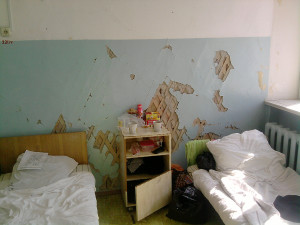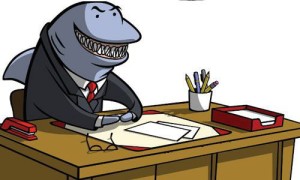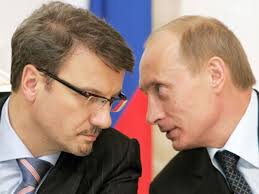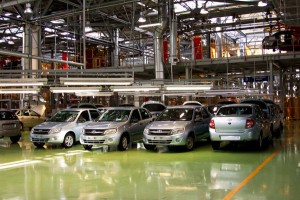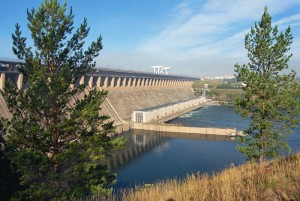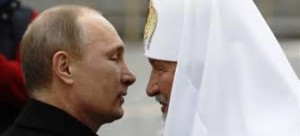“You have no mercy on the woods, or the birds, or on women, or on one another…”
Uncle Vanya, А.P. Chekhov, 1896
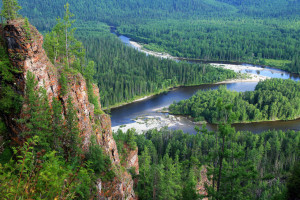
Chekhov’s Uncle Vanya and The Cherry Orchard were written more than a century ago, but they remain a brilliant portrait of Russian society and its attitude toward the world around, woods included.
Forests cover around 45 percent of Russia’s territory, and the country accounts for 24 percent of the world’s timber resources. The Siberian taiga and its cedar trees are as much a symbol of Russia as the Kremlin and Sputnik. It would seem that Russian forests should be valued and protected as a national treasure. However, just like the people of Russia, Russian forests have their own peculiar fate full of suffering and tragic mistakes.
Back in 2013, an international team of scientists calculated that from 2000 to 2012, Russia had lost more forest area than any other country in the world. Such forest cover loss was caused by different reasons including forest fires, storms and insect pests. However, this was also due in no small part to human activity. According to World Wildlife Fund’s estimates, Russia annually loses around $1 billion due to illegal logging.
According to First Deputy Prosecutor General Aleksander Buksman, illegal logging is responsible for more than 800,000 hectares of Russia’s forest loss annually, which is more than half of the total wood harvest in the country. Read More “From The Cherry Orchard to the Khimki Forest”



